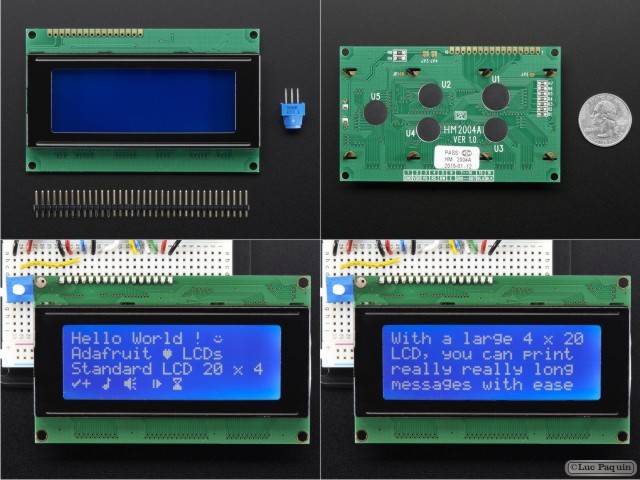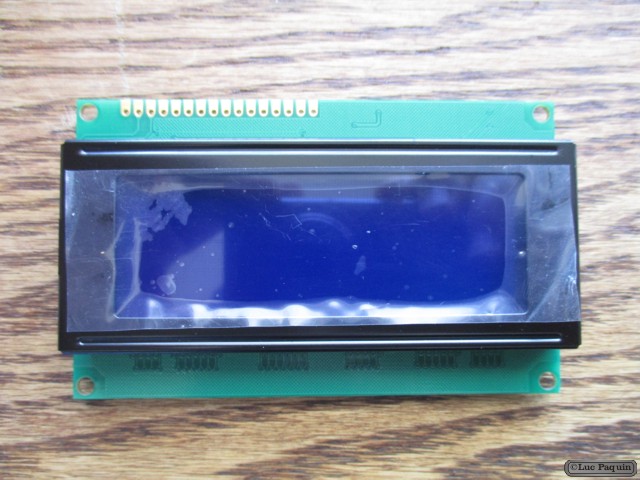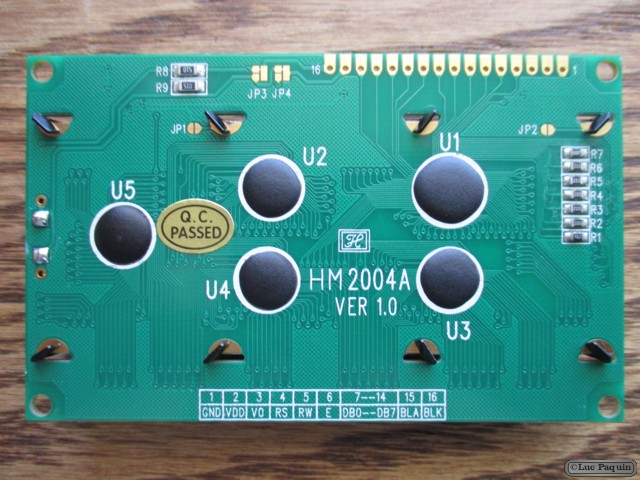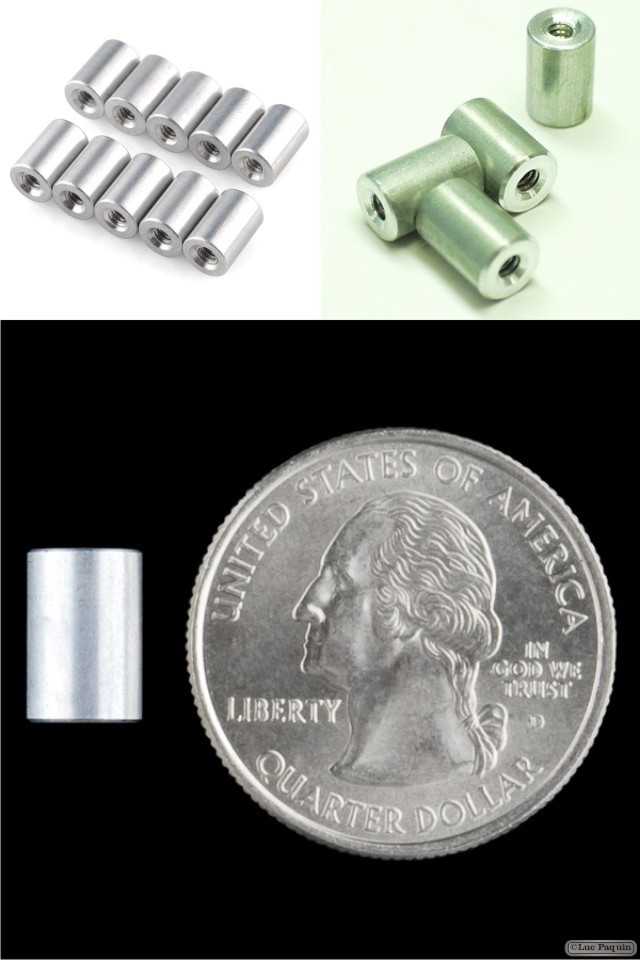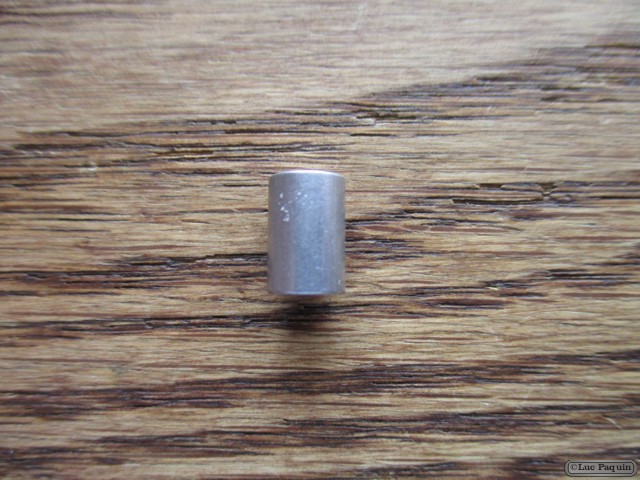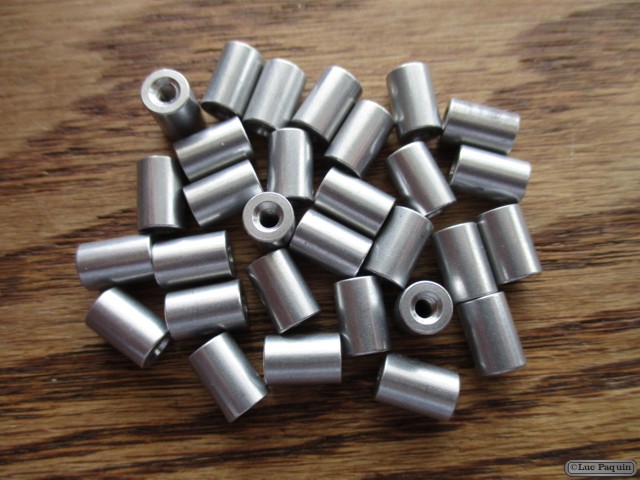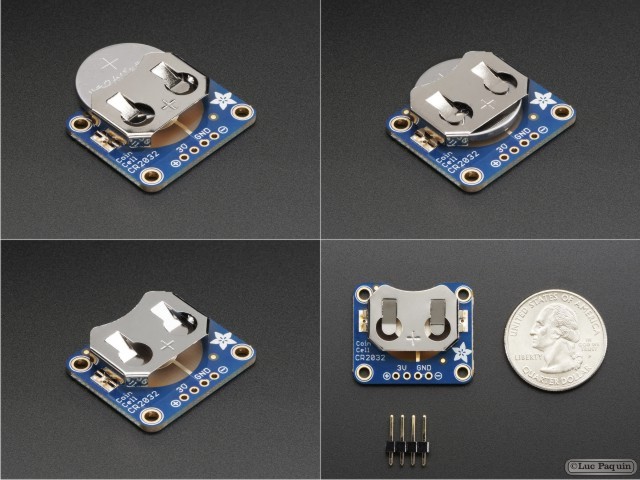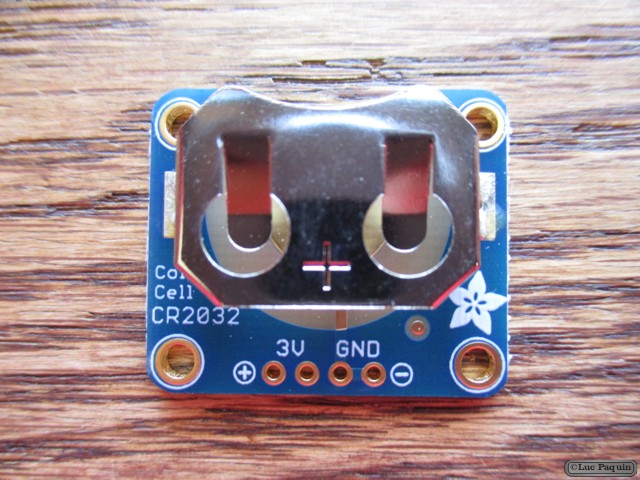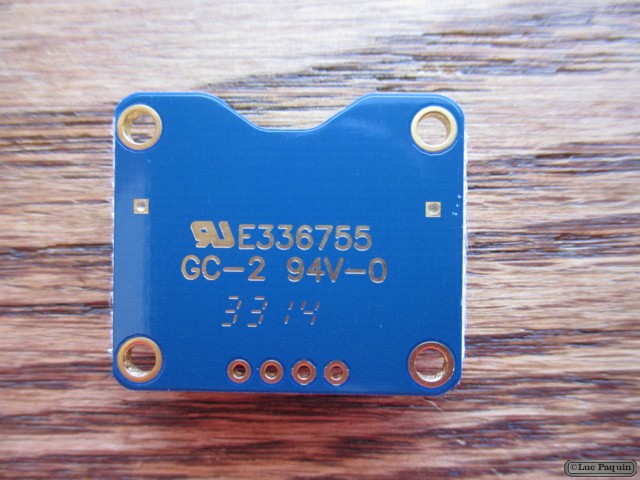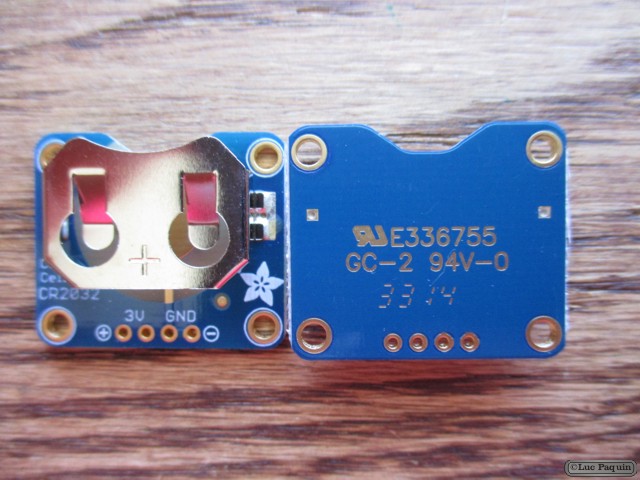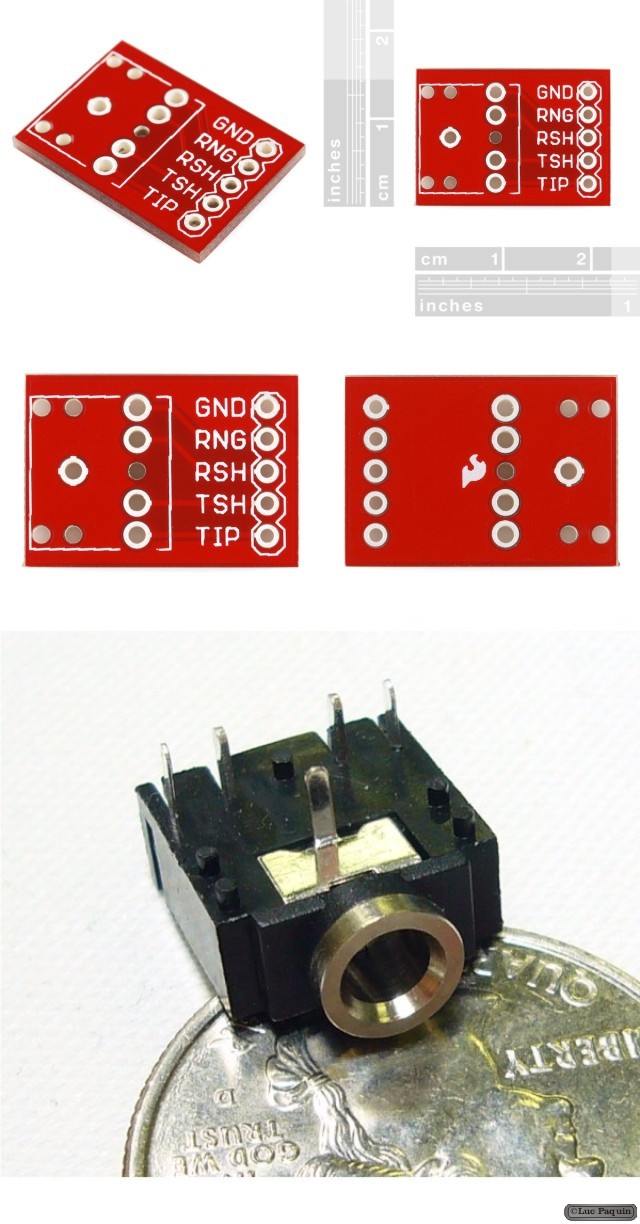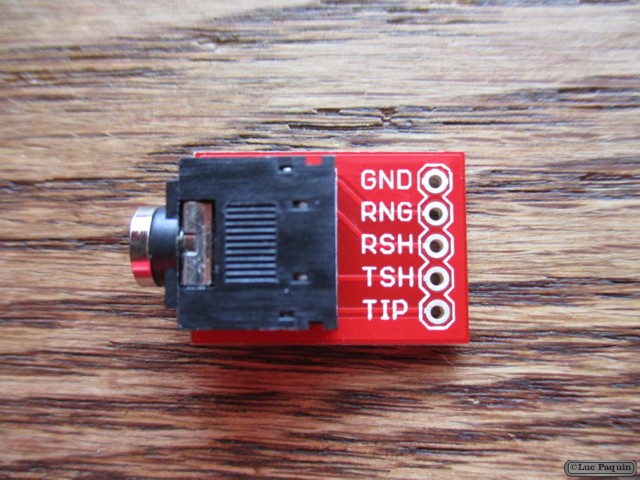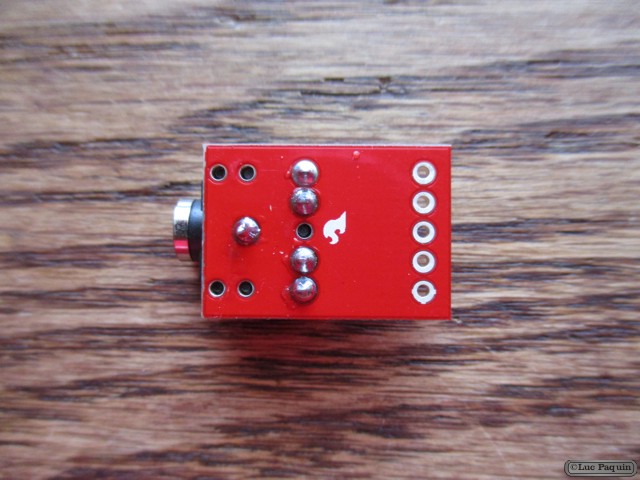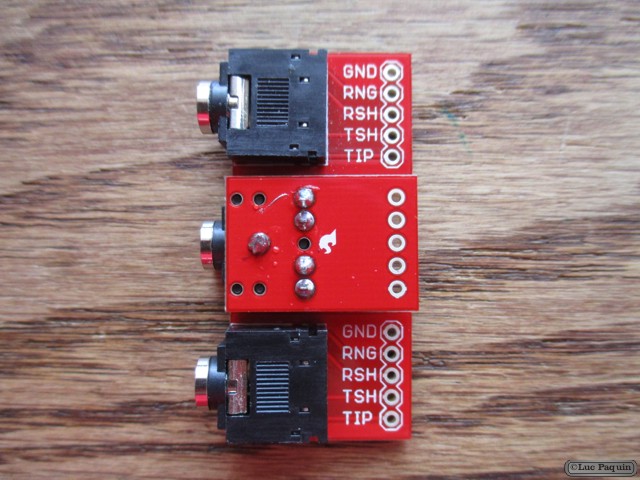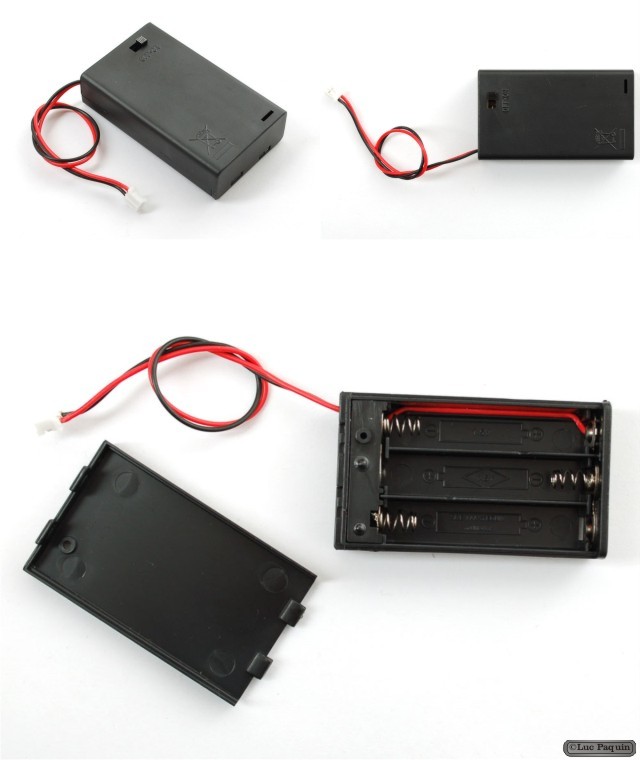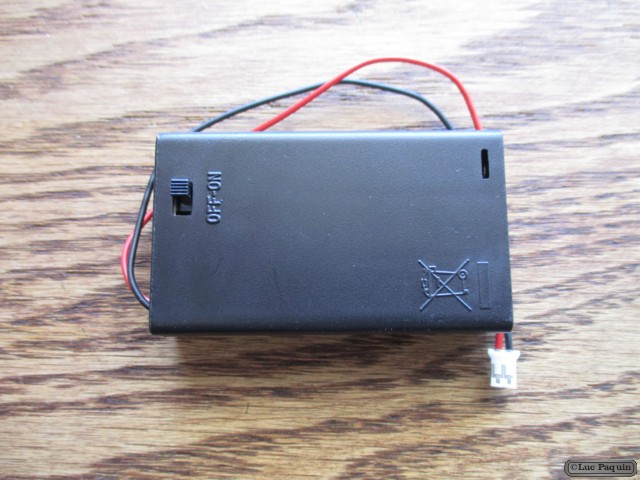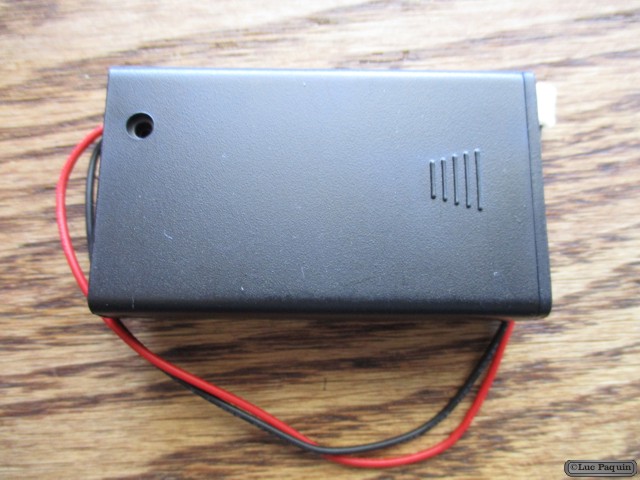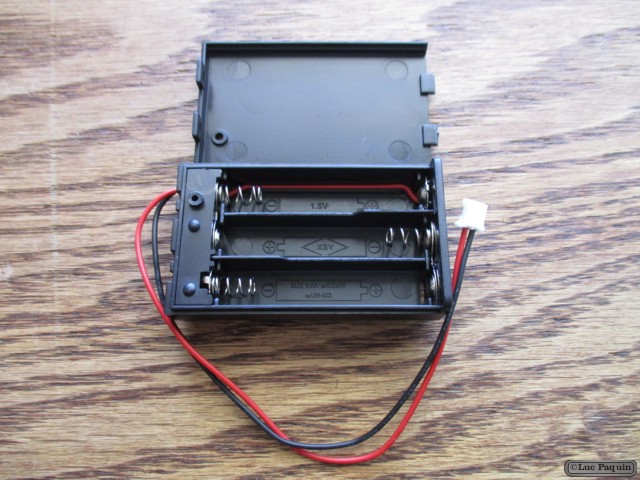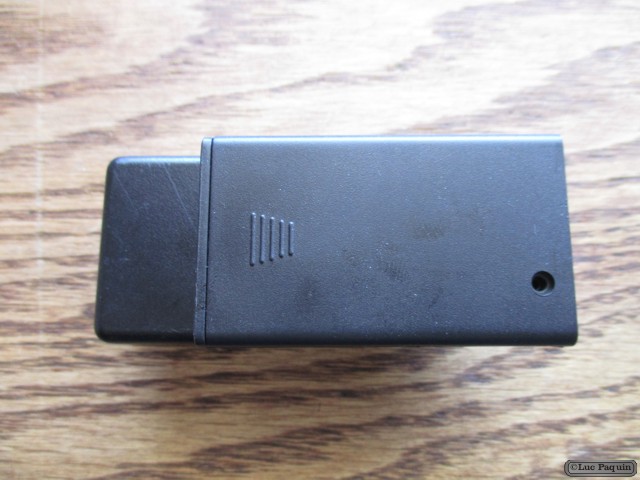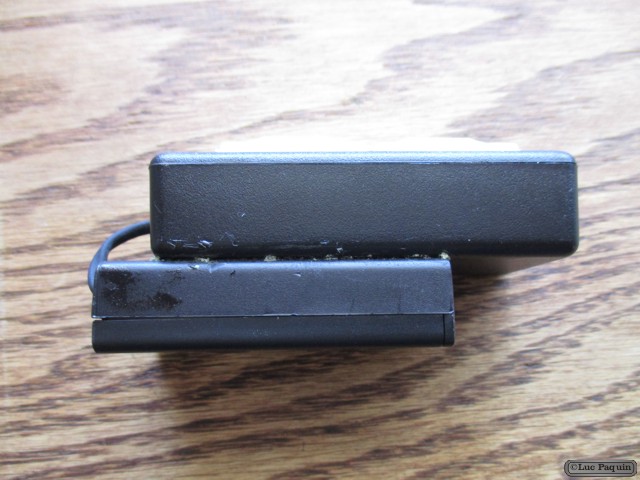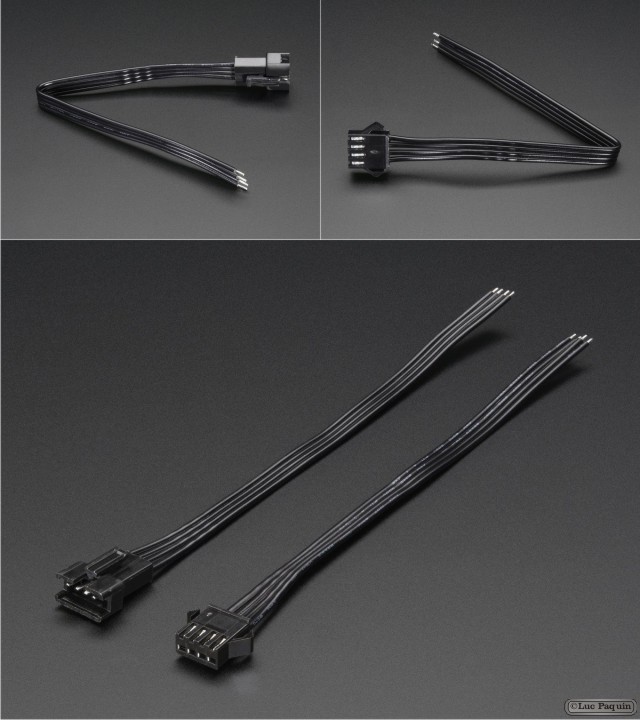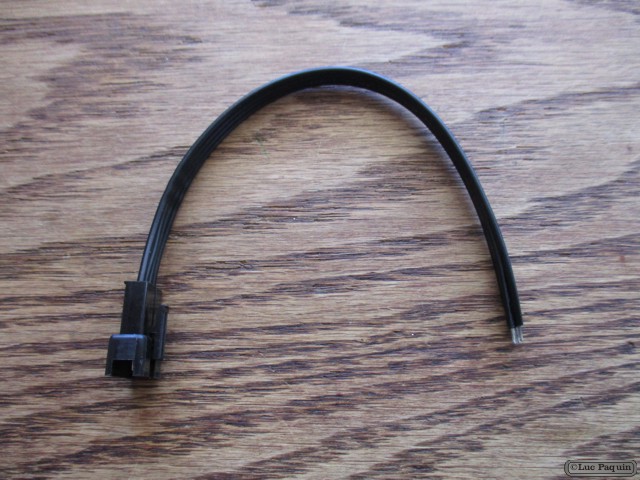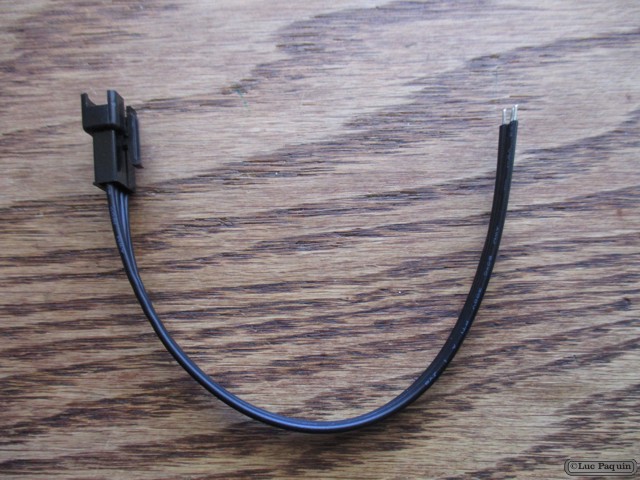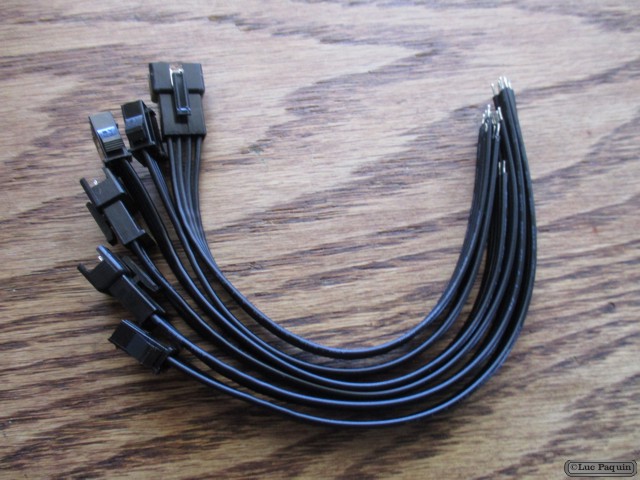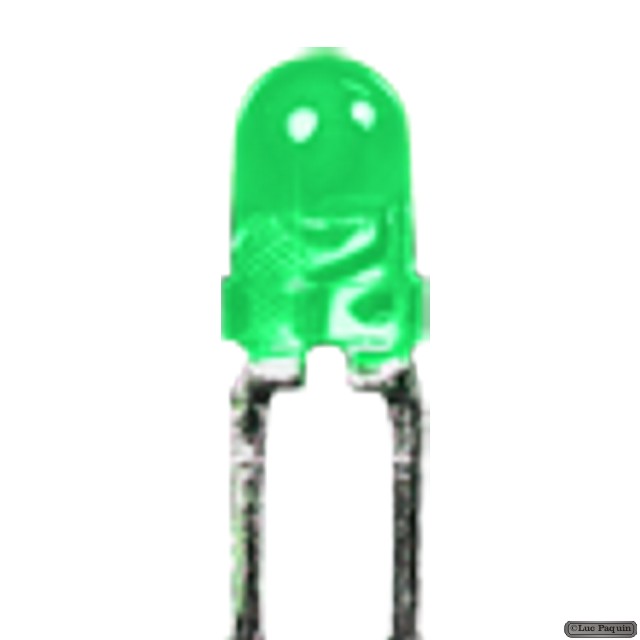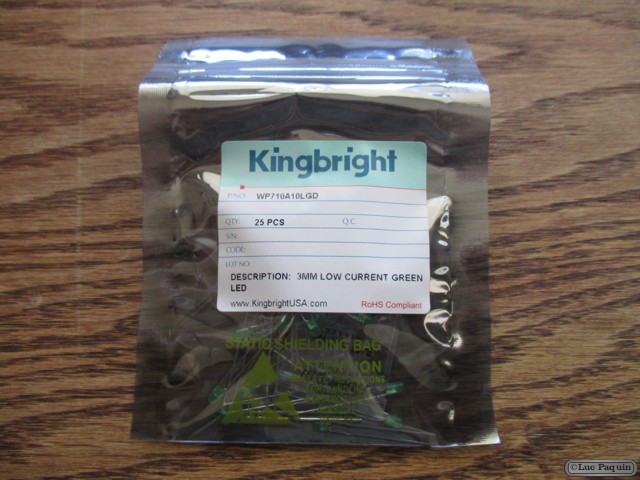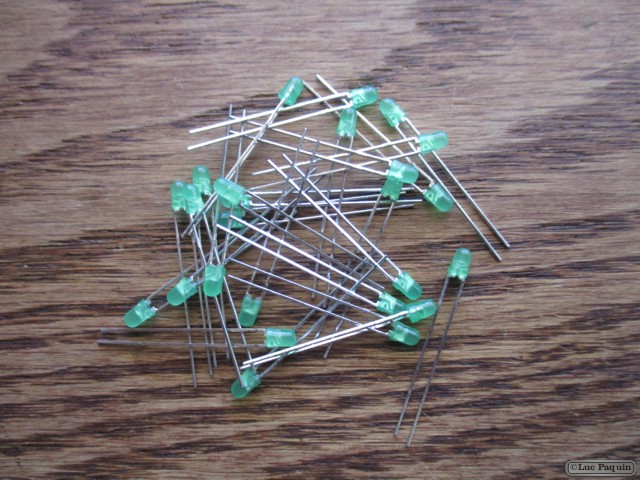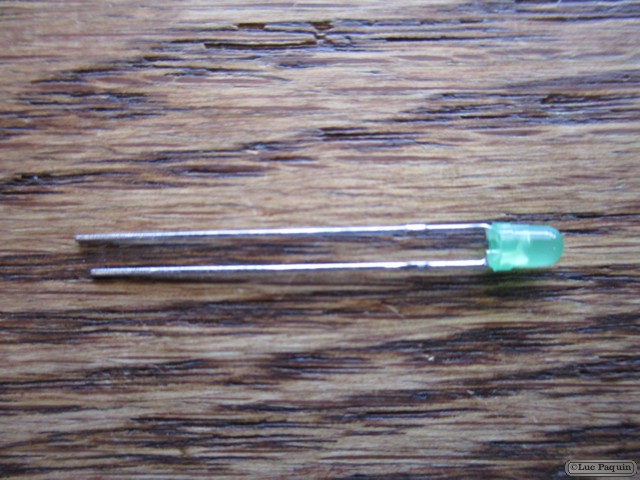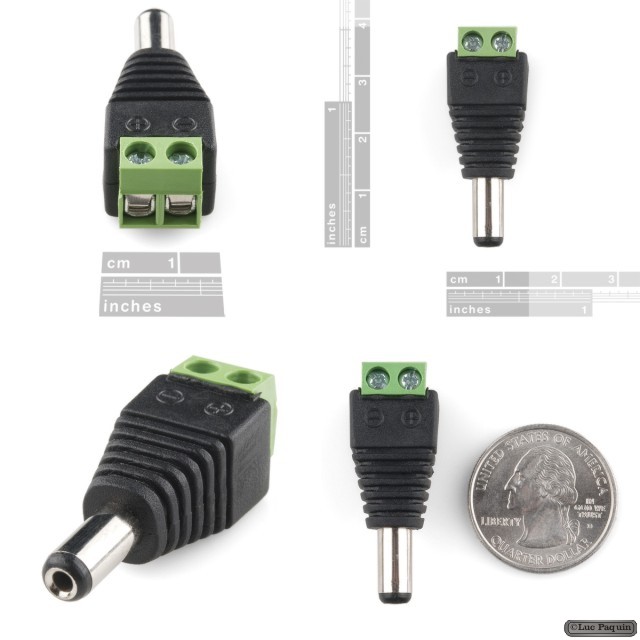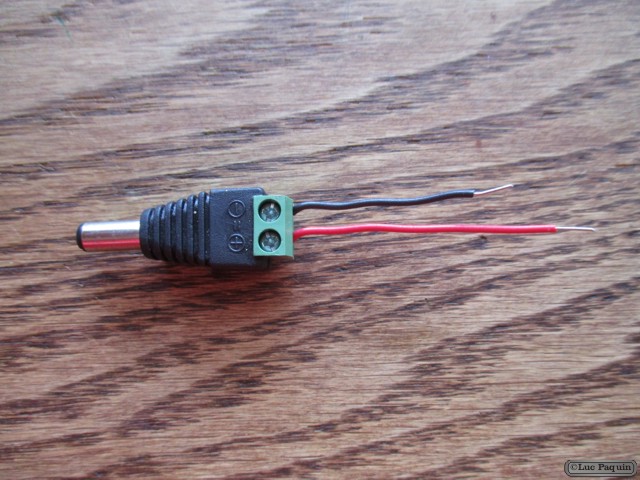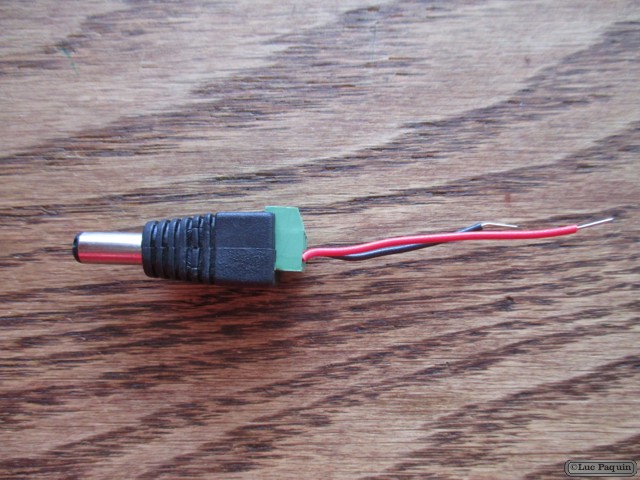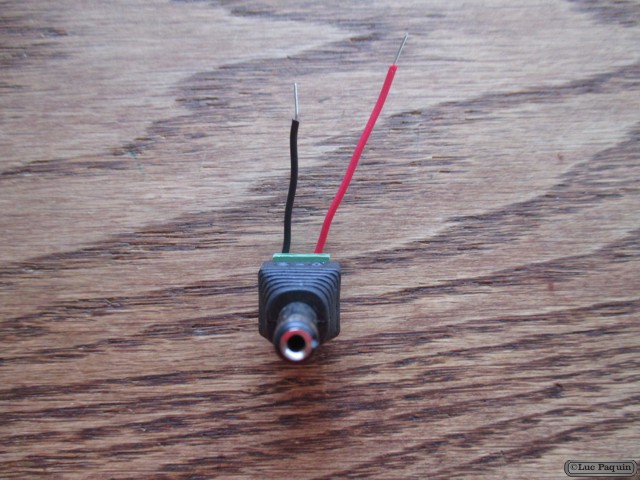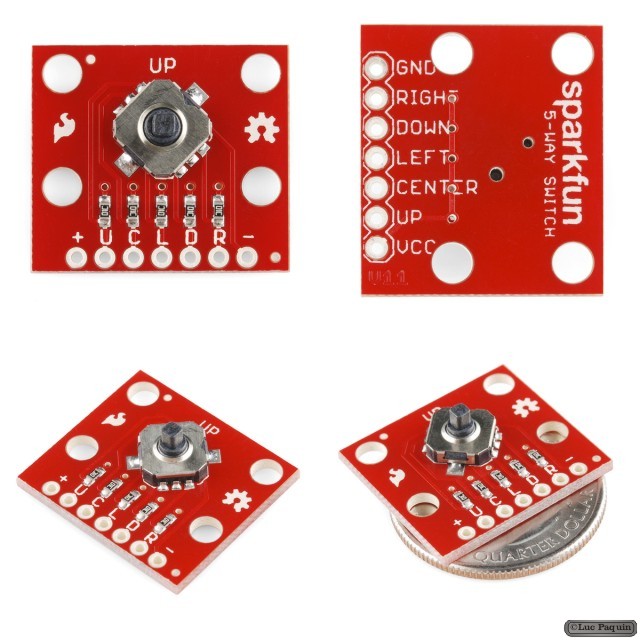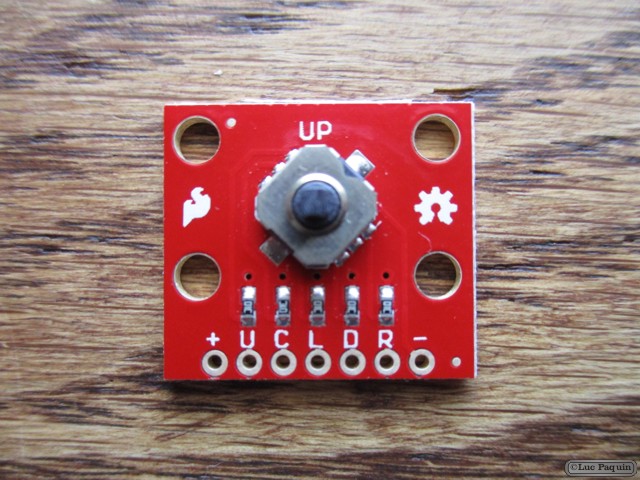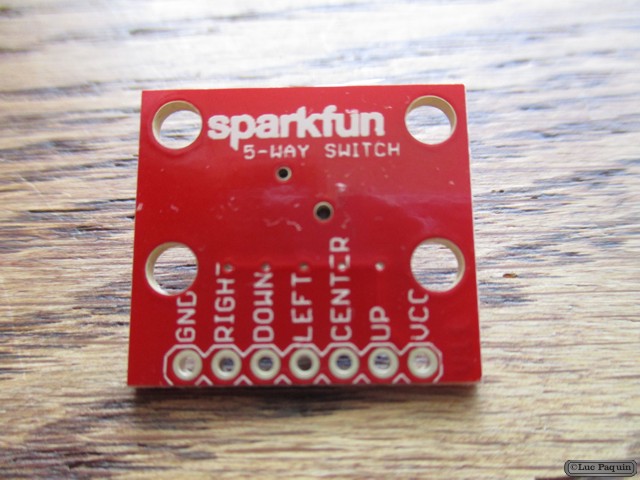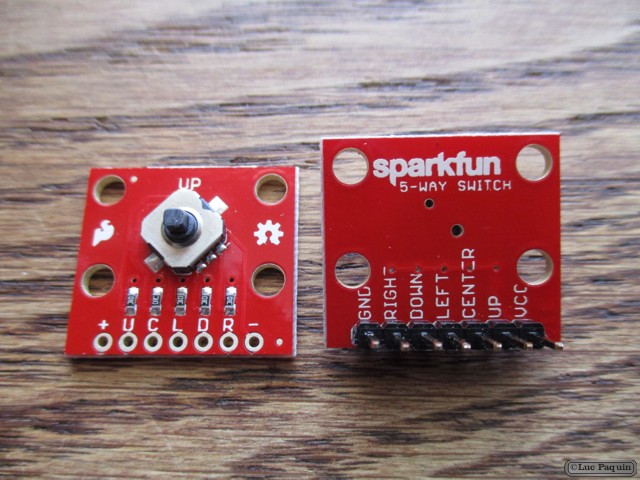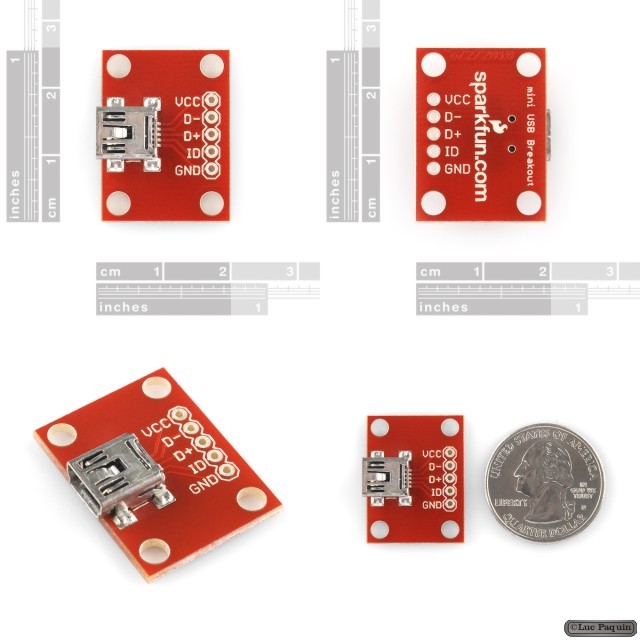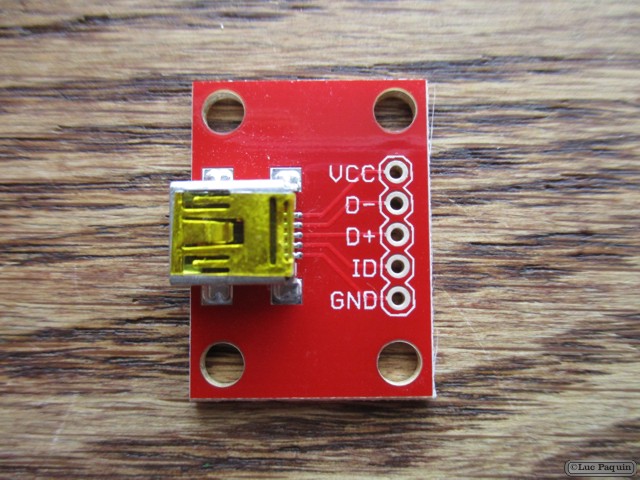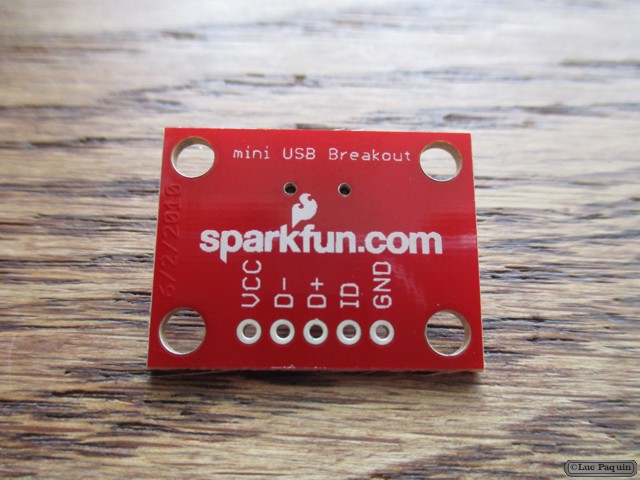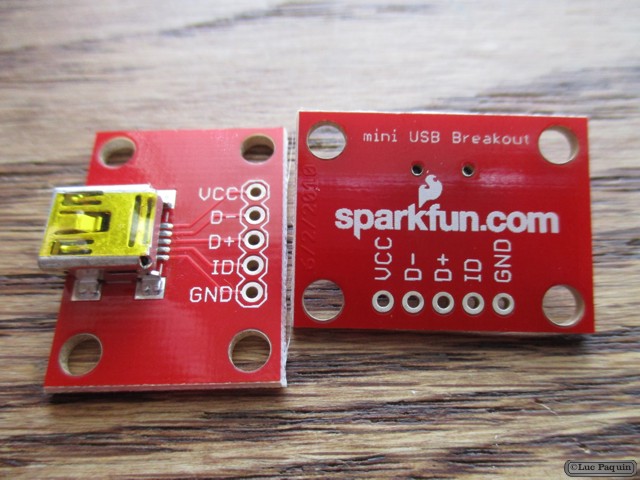Arduino
Arduino
Adafruit – Standard LCD 20×4 + Extras – White on Blue
Adafruit: 198
Description
Standard HD44780 LCDs are useful for creating standalone projects.
- 20 characters wide, 4 rows
- White text on blue background
- Connection port is 0.1″ pitch, single row for easy breadboarding and wiring
- Single LED backlight with a resistor included, you can power it directly from 5V. If it’s too bright for you, it can be dimmed easily with a resistor or PWM and uses much less power than LCD with EL (electroluminescent) backlights
- Can be fully controlled with only 6 digital lines!
- Built in character set supports English/Japanese text, see the HD44780 datasheet for the full character set
- Up to 8 extra characters can be created for custom glyphs or ‘foreign’ language support (like special accents)
- Comes with necessary contrast potentiometer and strip of header
For more information, check out our detailed step-by-step Arduino+LCD tutorial
We have a generic 20×4 datasheet that has dimensions and pin-locations (the exact model may vary but the pinout, size and protocol information is the same). We also have a HD44780 datasheet with the detailed commands for control.
Don Luc
SparkFun – Standoff – Metal (4-40; 3/8″; 10 pack)
Adafruit – 20mm Coin Cell Breakout Board (CR2032)
Adafruit: 1870
Description
Simple but effective – this breakout board has a CR2032 coin cell battery holder soldered on and 0.1″ pitch breakout pins for easy connecting. Great for powering very low-current projects, or adding a battery backup circuit to a real-time-clock or similar.
Comes with one fully assembled and tested coin cell battery holder and a small stick of 0.1″ header so you can solder it on and plug into a breadboard. Coin cell battery is not included.
Technical Details
Dimensions:
- 23.5mm x 28mm x 1.6mm / 0.9″ x 1.1″ x 0.06″
- Mounting hole distance: 18mm x 22mm / 0.7″ x 0.9″
- Weight: 3g
Don Luc
SparkFun – Audio Jack Breakout – Audio Jack 3.5mm
SparkFun: PRT-10588
Description: Simple breakout board for the 3.5mm audio jack. Use this breakout (shipped bare) to allow breadboard or SIP access to the super-common 3.5mm audio jack. All five pins are broken out.
Note: You get the bare PCB only, check below for the Audio Jack.
SparkFun: PRT-08032
Description: Low profile 3.5mm stereo audio jack.
Don Luc
Adafruit – 3 x AAA Battery Holder with On/Off Switch and 2-Pin JST
Adafruit: 727
Description
This battery holder connects 3 AAA batteries together in series for powering all kinds of projects. We spec’d these out because the box is slim, and 3 AAA’s add up to about 3.3-4.5V, a very similar range to Lithium Ion/polymer (Li-Ion) batteries and have an on-off switch. That makes them ideal for use with 3.3V projects that have a 2-pin JST connector meant for one of our Li-Ion/Poly batteries. (Of course, you can’t recharge them like Li-Ion/Polys, so don’t try to plug this into one of our Li-Ion/Poly charger boards!)
Fits any standard AAA battery. When using rechargeable NiMH the output voltage will range from about 3.7V with charged batteries to 2.7V at the end of life with a nominal voltage of 3.6V. When using alkalines, the output will range from 4.6V with new batteries to 3.3V at the end of life with a nominal voltage of about 4.5V
The polarity matches that of our 2-pin JST cable and Li-Ion/Poly batteries. Uses a genuine JST connector so it wont ‘catch and tear’ in JST connectors.
Technical Details
- Box Dimensions: 2.5″ x 1.45″ x 0.62″
- Cable: 6″ long, terminated with a genuine JST-PH 2 pin connector
Don Luc
Adafruit – 4-pin JST SM Plug + Receptacle Cable Set
Adafruit: 578
Description
These 4-wire cables are 15cm long and come as a set, one side has a JST SM type connector plug on the end. The other side has a matching JST SM type receptacle connector. They are good for whenever you have 4 wires you want to be able to plug and unplug. We like the solid and compact nature of these connectors and the latch that keeps the cable from coming apart easily. For more information, check the JST SM connector datasheet
Our digital addressable LED strip and 12mm pixels also come with JST SM connectors and you can use these cables to connect to the input or output port
These cables can be used to connect to either the INPUT or OUTPUT port of our LPD8806 digital addressable LED strip or the INPUT or OUTPUT port of our WS2801 LED Pixels so that you can easily plug it into your Arduino or similar and also connect another strand to the output, or perhaps apply power to the ‘output’ end.
Each order receives one of each connector.
Technical Details
- JST SM plug + recetacle connector: JST SM connector datasheet
- 15 cm long wires
- 4 wires, 22AWG stranded
Don Luc
Kingbright – 3mm Low Current Green LED
Kingbright: WP710A10LGD
3mm Low Current Green Led
- Emitting Color: Green
- Material: GaP
- Color/Wavelenght: 568nm
- Lens Type: Color Diffused
Product Featured
- Low power consumption
- Popular T-1 diameter package
- Viewing angle – 34°
- Available on tape and reel
- RoHS compliant
Applications
- Traffic signage
- Signage application
- Decorative & entertainment lighting
- Commercial & Residential architectural lighting
Don Luc
SparkFun – DC Barrel Jack Adapter – Male
SparkFun: PRT-10287
Description: This adapter allows you to connect a barrel jack connector to bare wires. One end has screw terminals and the other has a 5.5×2.1mm, center-positive male barrel jack. If you need to connect bare wires to a barrel jack on an Arduino or a development board, this might be the simple solution.
Don Luc
SparkFun – 5-Way Tactile Switch Breakout
SparkFun: BOB-11187
Description: Sometimes you need a very small directional input device (world’s smallest game controller, anyone?) This 5-way tactile switch (up, down, left, right, and center click) allows for joystick-like control in a very small package. This breadboard-friendly board breaks out all the switch signals, and includes pullup resistors configured so that the outputs read low when pressed, and high otherwise. (If you wish, you can reverse the power leads for pull-down operation.)
Don Luc
SparkFun – USB Mini-B Breakout
SparkFun: BOB-09966
Description: This new version now has all 5 pins broken out on the connector. We have no idea what USB device you are hooking up to, but if you need to add a miniUSB/USB Mini-B connector to your breadboard – here it is. Also good for an un-regulated, non-limited 5V supply up to 100mA.
Don Luc
